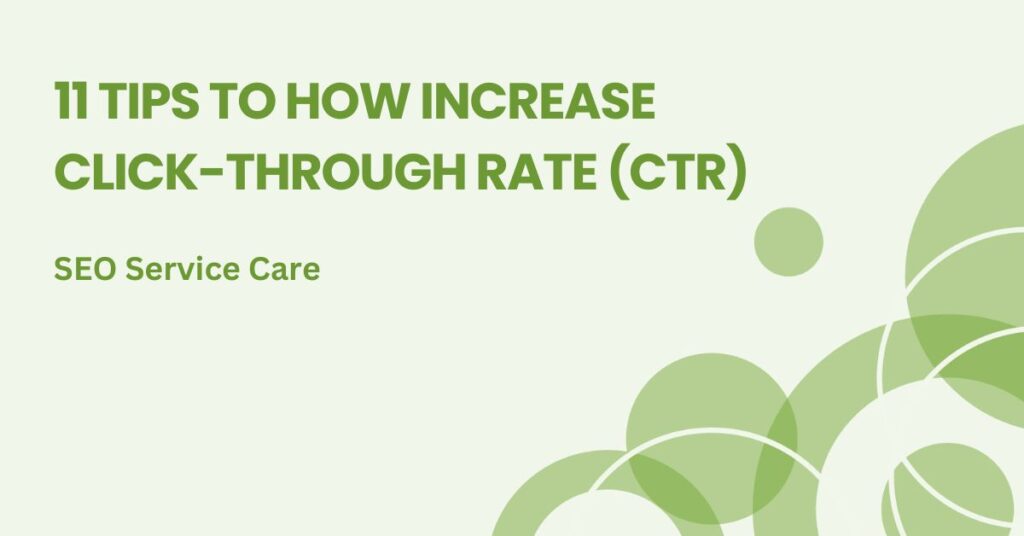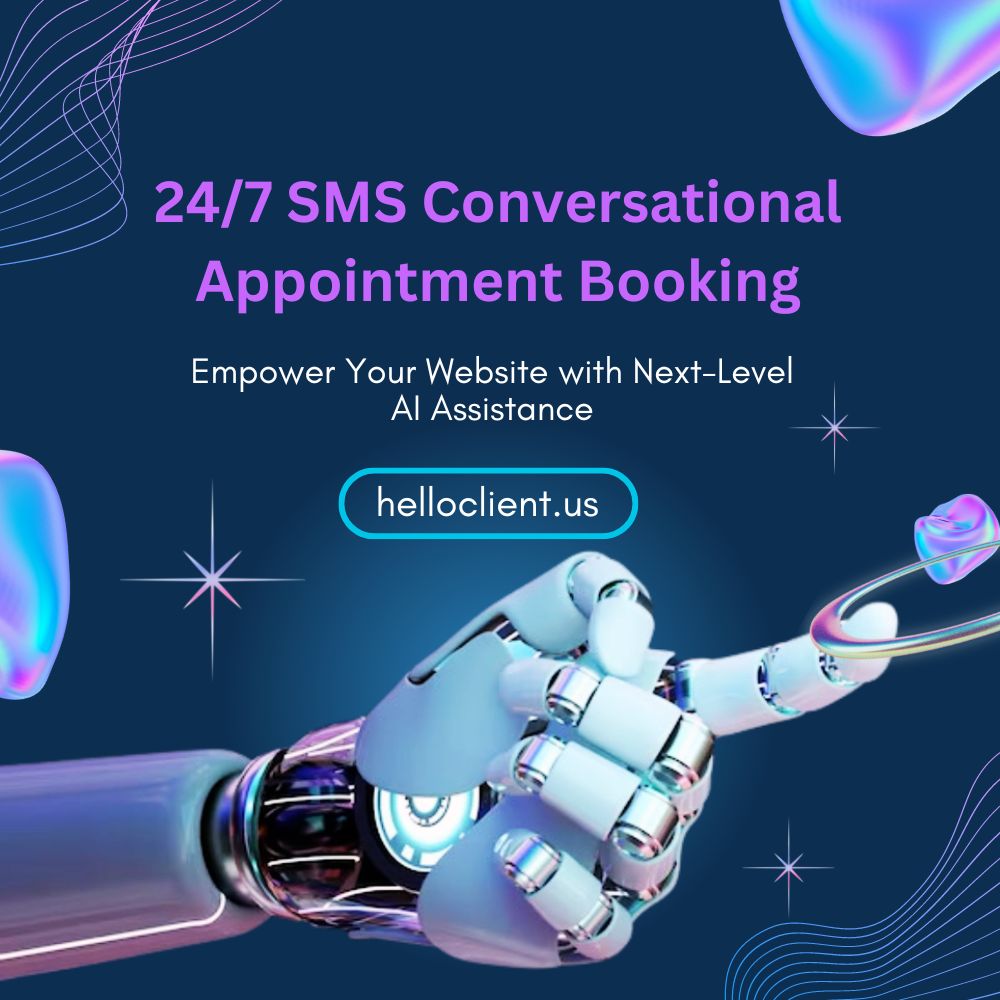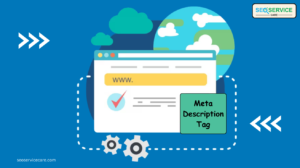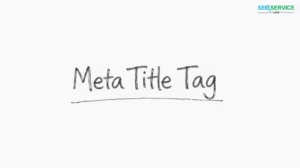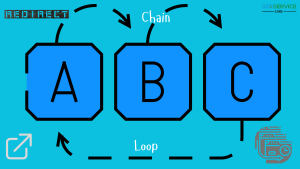Are you looking for ways to get more clicks on your content? If so, you’re part of a huge crowd. Click-through rate (CTR) is an important measure that can affect the ranking of your organic keywords and general traffic. In this blog post, we will discuss eleven actionable tips to help raise your CTR. Let’s dive in.
What is CTR?
CTR is a proportion measuring how many users click on a given link or advertisement from all who view it. It reveals how effective campaigns are at generating engagement and driving traffic to websites, so it is invaluable in digital marketing. As a rule, if CTR is higher, that means the website has more engaging content or ad copies.
Why CTR Matters for SEO
CTR (Click-Through Rate) is crucial for SEO due to its impact on organic keyword ranking and traffic engagement:
-
Impact on Organic Keyword Ranking: The higher the click-through rate, the more search engines will understand your content’s usefulness and relevance, helping improve its organic rankings. A better click-through rate also suggests that the displayed material matches user intent properly, thereby increasing its credibility and visibility.
-
Influence on Traffic and Engagement: Higher CTR brings more visits to your website, which improves engagement metrics such as session duration and bounce rate. Engaged visitors browse through multiple pages, communicate with advertising messages, visit other pages of interest, etc., thus positively affecting overall site performance.
With these 11 powerful tips, you can increase your click-through rate (CTR), gain more traffic, and improve your organic keyword ranking.
1. Use Power in your Title and Headline
Your titles and headlines can be improved just by using a few powerful words. These persuasive terms evoke emotion, convey urgency, or create curiosity so users can click on them. Among such powerful words, there are “free,” “exclusive,” “proven,” “ultimate,” “guaranteed,” “essential,” “secret,” “instant,”” discover,” and” master.”
When used, these words provoke a sense of importance, which encourages action, such as buying. If properly placed within your content, these can increase engagement rates, leading to higher CTRs and more traffic, which translates into sales.
2. Keep Short and Sweet Your Title and Headline
When crafting titles and headlines, one should strive to maintain compactness while engrossing readers. The recommended length for titles is between 50 and 60 characters and around 6 to 10 words long for headlines. This will make them easy to read, powerful, and straightforward in the eyes of the reader.
Shorter titles and headlines will attract more attention faster, especially on platforms with limited space, like Search Engine Results Pages (SERPs) and social media feeds. They should also carry related keywords and powerful words that increase the chances of being clicked.
3. Write Persuasive Meta Descriptions
Crafting persuasive meta descriptions is key in generating a click-through from search engine results pages (SERPs) to your website. Here are some tips for creating effective meta descriptions:
-
Be Concise and Specific: Keep the message brief, but ensure it is enough to help you understand what you want.
-
Include Relevant Keywords: Incorporate relevant keywords to increase search results rankings visibility.
-
Highlight Unique Selling Points: Mention those aspects of the content that set it apart to attract clicks.
-
Call-to-Action (CTA): Use an influential call-to-action verb like “Learn More” or “Shop Now.”
-
Match User Intent: Ensure that your meta description reflects what the person searching for is talking about, thus making it more relevant.
-
Use Power Words: Persuasion can be achieved by incorporating power words like free, proven, exclusive, etc.
-
Avoid Misleading Content: Make certain your meta description corresponds with the content on your page.
4. Include Target Keywords For Key Points
There are several ways of optimizing your content with target keywords:
-
Title: Incorporate the primary keyword near the beginning of the title to show search engines that it is relevant and has more clicks. For instance, “Effective Keyword Placement Techniques: A Comprehensive Guide.”
-
Headline: Use variations of your target keyword naturally within the headline to capture the reader’s attention and reinforce the topic. For example, “Mastering Keyword Placement: Tips for SEO Success.”
-
Meta Description: Make sure your meta description includes the primary keyword in a natural, readable way. E.g., “Learn effective keyword placement techniques to boost your SEO rankings. Our guide covers essential strategies for optimizing content.”
By strategically combining these elements, you can enhance SEO performance and increase the likelihood of attracting relevant traffic to your content by effectively using your targeted keywords.
5. Use Visual Elements Your Content
To improve participation and to communicate effectively, think about using these types of visual elements:
-
Infographics: Graphical presentation of data or processes that can be understood and shared easily. For instance, an infographic demonstrating steps for keyword research.
-
Charts and graphs: Visual presentations of information/data showing trends or comparisons, e.g., SEO performance metrics over time.
-
Pictures and illustrations: High-quality photographs or custom drawings that make the content more attractive and relevant.
-
Videos: Short explanatory videos or tutorials that give additional context or demonstrate concepts related to keyword placement.
These visual elements not only interrupt text but also enhance user experience and information retention, making your content more captivating and persuasive.
6. Make It Easy to Read
Follow these formatting tips to make your content easily readable and engaging.
-
Use Subheadings: Break up the content into sections titled with clear and descriptive subheadings, which will help readers quickly find their way through, understand, and grasp the main points.
-
Bullet Points and Lists: Present information in bullet points or numbered lists to highlight important points and improve comprehension.
-
Short Paragraphs: To prevent large chunks of text that can overwhelm readers, keep paragraphs short, preferably 2-4 sentences long.
-
Highlight Key Information: Use bold, italics, underlining, or different colors to highlight important terms or concepts that are essential parts of your content.
By applying those formatting techniques, you can create content that is more engaging and easier for your audience to read through, thereby improving their understanding.
7. Better Internal Linking Strategies
Effective internal linking is essential to boost user involvement, improve website navigation, and enhance SEO. Start by discovering valuable pages on your website and linking them using relevant anchor words. Each link must serve a clearly defined purpose, such as providing more information or leading users to take action. To ensure their usability and relevance, regularly update and audit your internal links.
8. Include Testimonials and Reviews
To increase credibility and trust, include testimonials and reviews well. Make sure they are prominently displayed on the front page of your website or have a separate page dedicated to testimonials. These should be genuine; where possible, use high-quality images of people who wrote the review, as this adds authenticity.
Within these testimonials, emphasize key phrases or positive feedback so that they stand out. Regularly updating your testimonials keeps them fresh and relevant. Nevertheless, actual customer experiences build trustworthiness, encouraging potential customers to interact with the brand.
9. Add schema markup for rich results
Improve the visibility of your testimonials and reviews in search results by applying schema markup. Rich results such as star ratings and review snippets, which appear on search results pages, can be obtained due to this organized information, thus making it easier for search engines to interpret your web content.
10. Create a Sense of Urgency
To increase your click-through rate (CTR), make sure your titles and meta descriptions convey a sense of urgency. Phrases such as “limited time offer,” “act now,” or “don’t miss out” provoke users to click. Additionally, highlighting exclusive offers or time-limited discounts can induce fear of missing out (FOMO).
Countdown timers and stressing scarcity like “only a few left” can spur immediate action. Well, if you could properly convey the sense of urgency, it would move people to take quick action on your offerings.
11. Use Limited-Time Offers
Use limited-time offers that create urgency to spike CTRs by inducing immediate actions. Words like “Sale ends tonight,” 24-hour flash sale,” and “only available for a limited time” sound urgent.
Similarly, unique deals might be displayed in terms of “Limited-time discount” or ‘Act fast – limited stock.’ Therefore, stressing the temporary nature of your offer connects with FOMO (fear of missing out) for users who are encouraged to click and grab the deal before it expires.
Conclusion:
It would be best to improve the click-through rate (CTR), which is vital to organic keyword rankings and traffic growth. Following these 11 tips will definitely contribute to a notable improvement in CTR and increased conversion rates, which you have always intended to achieve.
FAQs about Click-Through Rate (CTR):
What is a good CTR for organic search?
The good click-through rate (CTR) of organic searches usually ranges between 3% and 5%, depending on the sector. Some sectors that are far too competitive may have lower average CTRs than others with narrower markets.
How can I measure my current CTR?
Tools such as Google Search Console allow you to track your organic search performance and get useful information about your click-through rates on specific queries and pages on your website.
What tools can help improve my CTR?
You can employ A/B testing platforms (e.g., Google Optimize), SEO tools (e.g., SEMrush, Moz), or heatmaps (e., Hotjar) that will help you find areas where changes could be made and try various ways of boosting the CTR.
How often should I update my meta descriptions?
Updating meta-descriptions periodically, especially when contents or promotions change, proves beneficial for their relevance and attractiveness; hence, every few months is a fine frequency for refreshing them.
Can social media affect my CTR?
Yes, it can be in a way that is not direct but indirect because it diverts people to your website. Attractive posts on social networks can generate more clicks, making your site appear in organic searches and increasing the CTR.
What is the significance of keywords on CTR?
Keywords used in titles, headlines, and meta descriptions can influence CTR since they relate content to what users type when searching online. Concentrate on using well-targeted terms that reflect readers’ preferences.
How essential are mobile-friendly designs for CTR?
Mobile-friendly designs are very important for CTR because most web users access sites via their mobile phones or tablets. Make sure your site is responsive and works well across all screen sizes.
How do I apply analytics to improve my CTR?
Check out low CTR pages through behavior metrics like bounce rate, session duration, or conversion rates. Test different titles, meta descriptions, and visual elements on these pages to enhance audience engagement and thus improve the click-through rate (CTR).
